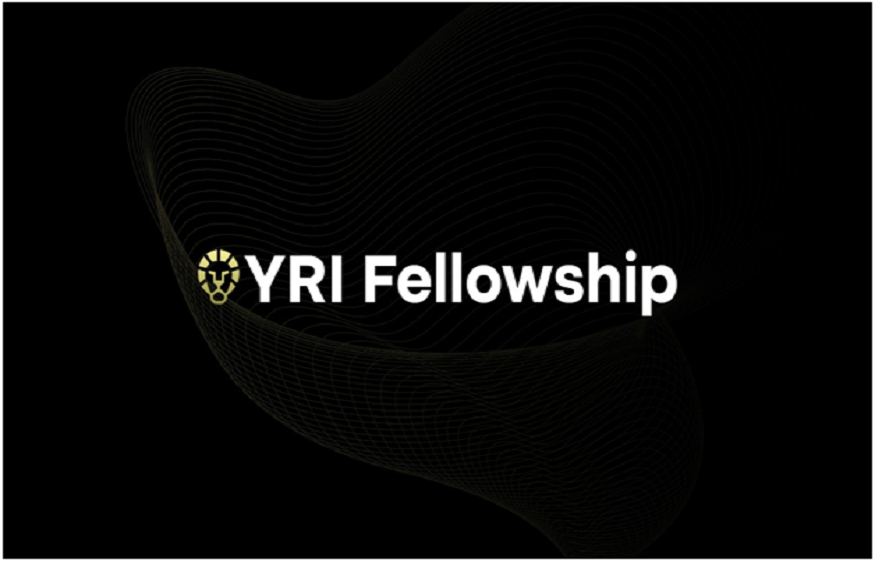
The COVID-19 pandemic shook the world, upending daily life, overwhelming healthcare systems, and demonstrating just how quickly a virus can mutate. Even as vaccines were developed at record speed, the emergence of new variants revealed a sobering reality: pathogens like SARS-CoV-2 evolve constantly, and a single set of vaccines may not be enough to stay ahead.
For Sai Sri Pranathi Pasuparthi, a high school sophomore from the Bay Area, this global challenge became the inspiration for her groundbreaking research during the YRI Fellowship. Rather than simply reflecting on the pandemic’s impact, Sai decided to take action exploring how genomic surveillance and evolutionary biology could help the world prepare for future mutations and design more adaptable vaccines.
Her project, “Epidemiological and Evolutionary Insights into Omicron Variant Mutations through Genomic Surveillance,” focuses on one of the most infamous COVID-19 variants: Omicron. Known for its unusually high number of mutations, Omicron spread rapidly around the globe, reducing the effectiveness of existing vaccines and raising urgent questions about the virus’s evolutionary trajectory.
Sai’s research dives into these questions. By analyzing genomic data from the Covariant Database, she studied how and why Omicron mutates. Her findings revealed that the Spike Protein region the part of the virus responsible for entering human cells mutates the most frequently. The reason, she explains, is that the immune system heavily targets this region. To survive, the virus is forced to evolve constantly, modifying its Spike Protein to evade immune defenses.
This insight has major implications for global health. If scientists can predict which regions of the virus are most likely to mutate in the future, they can design vaccines that are not only reactive but anticipatory capable of protecting against tomorrow’s variants, not just today’s.
“After seeing the devastating impact of COVID-19 on schools, work, and daily life, I wanted to contribute to solutions that make vaccines more effective,” Sai explained. Her words reflect the motivation driving a new generation of scientists: not just curiosity, but lived experience. Like millions of students worldwide, Sai saw her school and community disrupted, and she wanted to ensure future crises could be mitigated.
The YRI Fellowship gave Sai the mentorship and resources to turn that motivation into research. Guided by Dr. Shashank Mishra, she bridged epidemiology and vaccine science, learning how to combine raw genomic data with evolutionary theory to extract actionable insights. For a student just 15 years old, this meant stepping into a field usually reserved for graduate students and professional researchers.
Her project doesn’t stop at academic curiosity it has clear, practical significance. Vaccine developers and policymakers are increasingly interested in genomic surveillance systems that can track viral evolution in real time. Sai’s analysis contributes to this field by highlighting the mutation dynamics of the Spike Protein and emphasizing the need for vaccines that account for its constant evolution.
Beyond her scientific work, Sai leads a multidimensional life. She participates in her school’s Model UN club, where she hones skills in diplomacy and debate, and she enjoys cooking, dancing, working out, and music. But her deepest passion lies in medicine and public health, where she sees herself continuing to innovate. This balance between academic excellence, extracurricular leadership, and creative expression reflects the Fellowship’s philosophy: the best researchers are not just technically skilled, but also globally minded and human-centered.
Sai’s research also underscores the broader purpose of the YRI Fellowship: to empower students to turn real-world crises into opportunities for scientific innovation. The program pairs high schoolers with PhD-level mentors, holds them to rigorous research standards, and equips them to produce work that is not only academically competitive but also globally relevant.
In Sai’s case, the pandemic became more than a disruption it became a catalyst for discovery. By asking why Omicron mutates the way it does, she is contributing to one of the most important conversations in global health: how humanity can outpace viral evolution through smarter, more flexible vaccines.
Her journey is also a reminder of the untapped potential of young researchers. At just 15, she is already contributing insights that may help inform the future of vaccine design. With continued mentorship and opportunities, students like Sai are proving that the next generation of scientists doesn’t need to wait for graduate school to make an impact.
Sai’s project is a perfect example of what the YRI Fellowship stands for: transforming curiosity into contribution, and giving students the platform to tackle challenges that define our world.
Learn more about how the YRI Fellowship is giving young researchers like Sai the tools to take on global challenges at yriscience.com.











Leave a Reply
You must be logged in to post a comment.